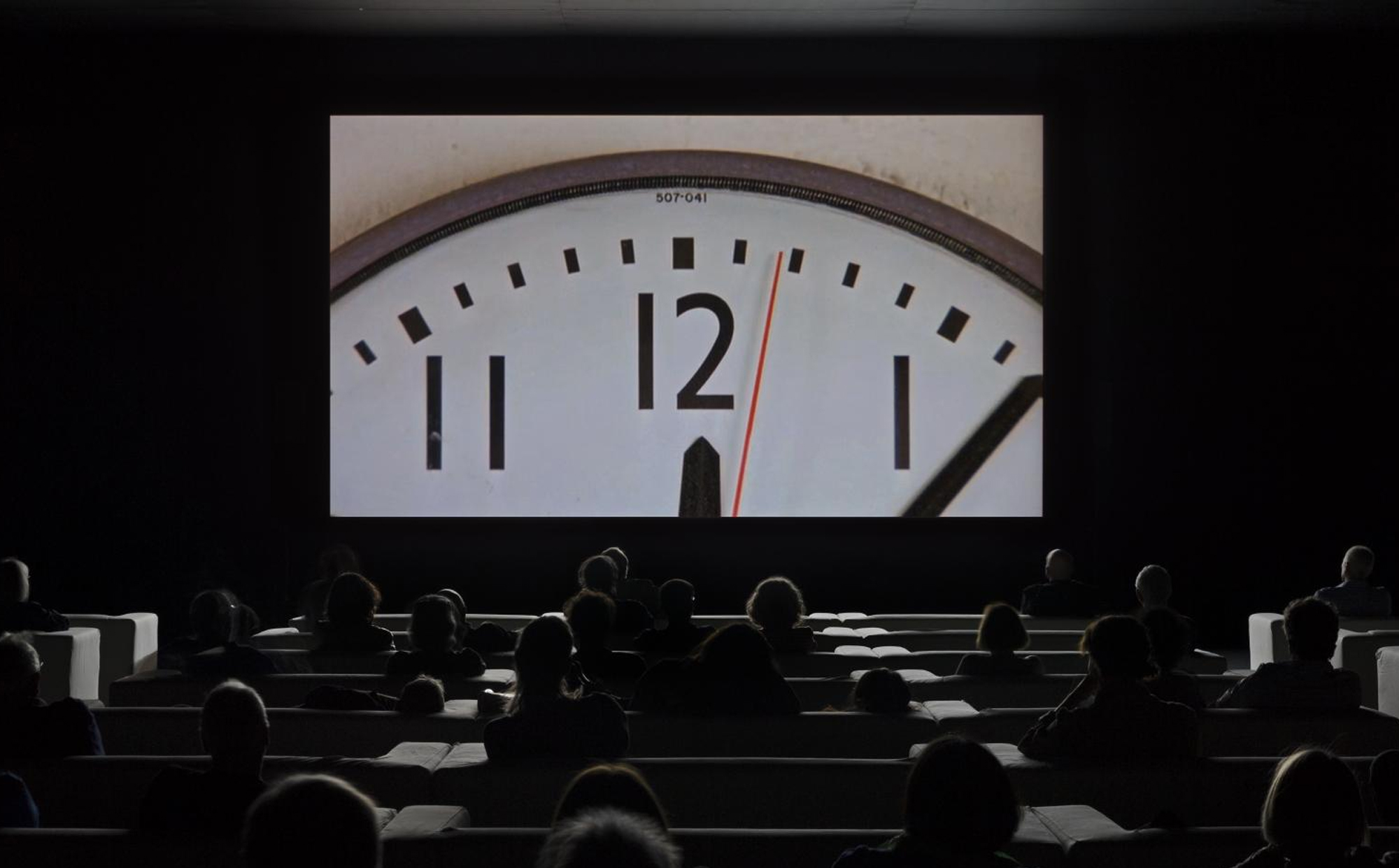Antifragile Shopping: How to Turn Black Friday Into a Productivity Investment

Black Friday 2024 broke records again. This year is unlikely to be an exception. Americans spent $10.8 billion online in a single day, with global spending hitting $74.4 billion. The average shopper dropped $650 during the Cyber Week period. But here’s the question nobody’s asking: how much of that spending actually made people’s lives better?
Most Black Friday purchases follow a predictable pattern. You see a 50% off tag, feel the dopamine hit, click buy, and forget about it by January. The product sits unused. The subscription auto-renews but goes ignored. The course stays unwatched. You spent money, but you didn’t invest it.
There’s a different approach. One that treats Black Friday not as a spending spree, but as a rare opportunity to make strategic investments in your productivity, health, and long-term success. The kind of purchases that compound over time rather than depreciate the moment you check out.
What Makes a Purchase “Antifragile”?
Nassim Taleb introduced the concept of antifragility: unlike fragile things that break under pressure, or robust things that merely resist damage, antifragile systems actually benefit from volatility and chaos.
Your typical Black Friday shopping cart is fragile. It depends on perfect conditions: you need to remember to use the product, find time for it, maintain motivation, and hope the company stays in business. When life gets chaotic (and it always does), these purchases become dead weight.
An antifragile purchase works differently. It gets more valuable the more you use it. It saves you time that you can reinvest. It improves your capabilities in ways that compound. And crucially, it performs better under the exact conditions where fragile purchases fail: when you’re busy, stressed, or dealing with unexpected changes.
The difference shows up in real numbers. While 63.5% of Black Friday purchases came from new customers in 2024, very few of those purchases led to lasting behavior change. Tools sit unused. Courses remain uncompleted. The discount felt good, but the impact disappeared.

The Three Categories of Investment Purchases
Not all productivity tools are created equal. Some genuinely transform how you work. Others just add to the digital clutter. Here’s how to tell the difference.
Category 1: Time Multipliers
These are tools that directly save you time or help you use time more effectively. Think project management software that eliminates email chaos, or automation tools that handle repetitive tasks while you sleep.
The calculation is straightforward. If a tool saves you two hours per week and costs $200 per year, you’re paying roughly $2 per hour saved. For most professionals, that’s a return of 20x or more on their hourly rate. That’s not a purchase – that’s an arbitrage opportunity.
Time management and planning tools fit here perfectly. They don’t just help you get organized. They fundamentally change your relationship with time by making you aware of where it’s actually going. The best ones force you to confront uncomfortable truths about how you work, which is exactly what makes them valuable.
During last year’s Black Friday sales, productivity software deals offered between 25% to 70% off regular prices. Those discounts matter more for tools with annual subscriptions because you’re locking in savings that compound. A 50% discount on a tool you’ll use for five years isn’t just saving you money, it’s cutting your cost per hour of value roughly in half.
Category 2: Capability Builders
These purchases don’t save time directly. They make you better at what you do. Online courses, professional development programs, industry-specific software you’ve been meaning to learn.
The tricky part? Most learning purchases fail. You’ve probably bought courses that you never finished. We all have. The difference between a good investment and a waste of money comes down to one thing: immediate application.
Buy the course only if you have a specific project where you’ll use the skills this month. Buy the software only if you have a client who needs that exact capability. Buy the certification only if it unlocks a specific opportunity you’ve already identified.
Vague aspirational purchases (“I should learn data science someday”) are fragile. Specific tactical investments (“I need to analyze our customer data for next week’s presentation”) are antifragile. The stress of a deadline makes them more valuable, not less.
Category 3: Energy Protectors
This category surprises people, but it’s arguably the most important: purchases that protect and enhance your physical and mental energy.
You can’t have productivity without energy. Every hour you spend exhausted, distracted, or burned out represents lost potential. Yet most people treat energy as infinite and time as scarce, when the reality is exactly the opposite.
Quality sleep tracking devices, ergonomic equipment, meal planning services, or even a gym membership you’ll actually use – these aren’t luxuries. They’re infrastructure. Professional athletes don’t question whether to invest in recovery. Neither should knowledge workers who depend on cognitive performance.
The Black Friday trap here is buying things that make you feel productive without actually changing your energy levels. A fancy desk organizer won’t help if you’re exhausted. A meditation app subscription means nothing if you never open it. Focus on removing friction from energy-positive behaviors, not adding more things to think about.
The Anti-Impulse Framework
Here’s a simple test you can run on any Black Friday deal before you buy. It takes two minutes and will save you from 90% of bad purchases.
- The One-Month Test: If you found this same product at full price one month ago, would you have bought it immediately? If not, the discount isn’t creating value, it’s creating urgency. Walk away with zero regrets.
- The Replacement Test: What are you replacing with this purchase? If the answer is “nothing” or “I’ll use it in addition to what I already have,” that’s a red flag. Adding rarely works. Replacing often does.
- The Passive Income Test: In the next 90 days, will this purchase make you money, save you money, or free up your time in a way you can quantify? If you can’t put a number on the return, you’re buying entertainment, not investing in productivity.
- The Chaos Test: Imagine your life gets unexpectedly busier next month. A family emergency, a surprise project at work, whatever. Does this purchase still provide value, or does it become one more thing you feel guilty about not using? Antifragile purchases work even better when you’re busy.
- The Five-Year Test: Will you be glad you made this purchase five years from now? Not because you used the thing itself for five years, but because of the compound effects it created. Most purchases don’t pass this test. The ones that do are usually worth buying.
Making Black Friday Work for Your Actual Goals
The best time to buy productivity tools is never during the sale itself. It’s four weeks before.
In October, identify your actual bottlenecks. Where do you waste time? What skills would directly increase your income? What energy drains keep showing up? Write these down with specific examples.
Then research solutions. Not by browsing Black Friday ads, but by asking people who’ve solved these problems. What tools do they actually use? What would they buy again? What did they abandon?
By the time Black Friday arrives, you have a short list of specific tools that solve real problems. Now the sale becomes useful, you’re buying things you already decided to get, just at better prices.
In 2024, 79% of Black Friday traffic came from mobile devices. People browsing on phones, making impulse decisions in checkout lines and during commutes. That’s exactly when you make fragile choices.
Do your research on a computer, at a desk, with a notebook. Make your purchases the same way. Mobile is for browsing. Desktop is for investing.
The Post-Purchase Investment
Getting the best price on Black Friday is just the first step. The real investment happens after you buy.
Block time on your calendar this week to set up the tool properly. Not when you “find time”, that never happens. Schedule it like a meeting. Thirty minutes now saves hours of confusion later.
If it’s software, go through the onboarding completely. Watch the tutorial videos. Connect all your integrations. Set up your workspace the right way from day one. Most people skip this, then wonder why the tool feels clunky.
If it’s a course, start it within 48 hours. Complete the first module before you let yourself buy anything else. Unfinished courses are sunk costs. Completed courses are investments.
If it’s a physical product, unbox it immediately and put it where you’ll actually use it. Don’t wait for the “right moment” to set up your standing desk or ergonomic keyboard. The right moment is now.
The statistics are clear: 54% of holiday shoppers plan purchases at least seven days in advance. But planning what to buy is just the first step. Planning how to implement those purchases is what separates investment from expense.
The Real Win
The ultimate Black Friday victory isn’t spending less. It’s investing better.
This Black Friday, we’re offering 50% off all plans because we’ve seen how much difference it makes when people invest in proper time management. But that discount means nothing if you’re not ready to actually use it.
So here’s the real question: Do you have a specific productivity problem that better planning would solve? Have you tried planning before and found it valuable but inconsistent? Are you at a point where improving your time management would directly impact your income, stress levels, or life satisfaction?
If yes to all three, then this is an investment. If no to any of them, save your money. Use the free version until you hit its limits naturally. The best time to pay for premium features is when the free version can’t handle your real needs anymore.
Read next

Invest in productivity that compounds
Get 50% off Timestripe this Black Friday and transform how you manage time! Use BLACKFRIDAY2025
Get Started

